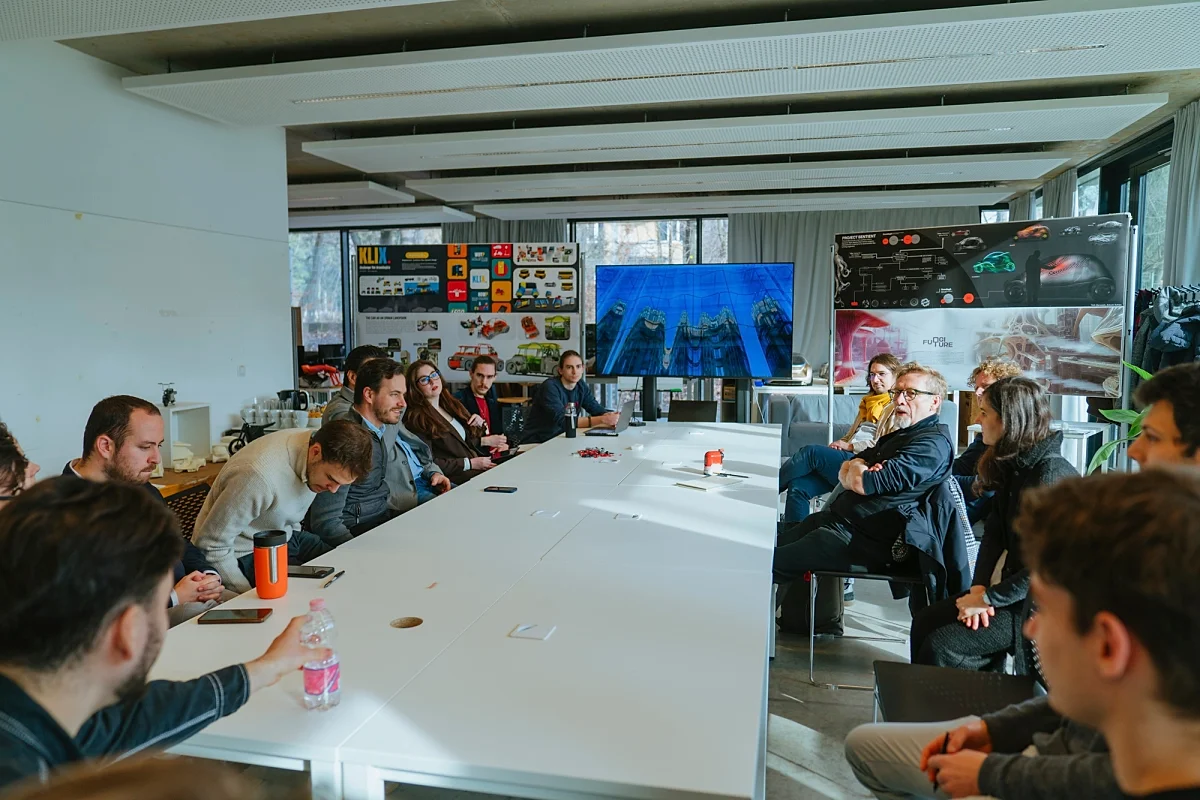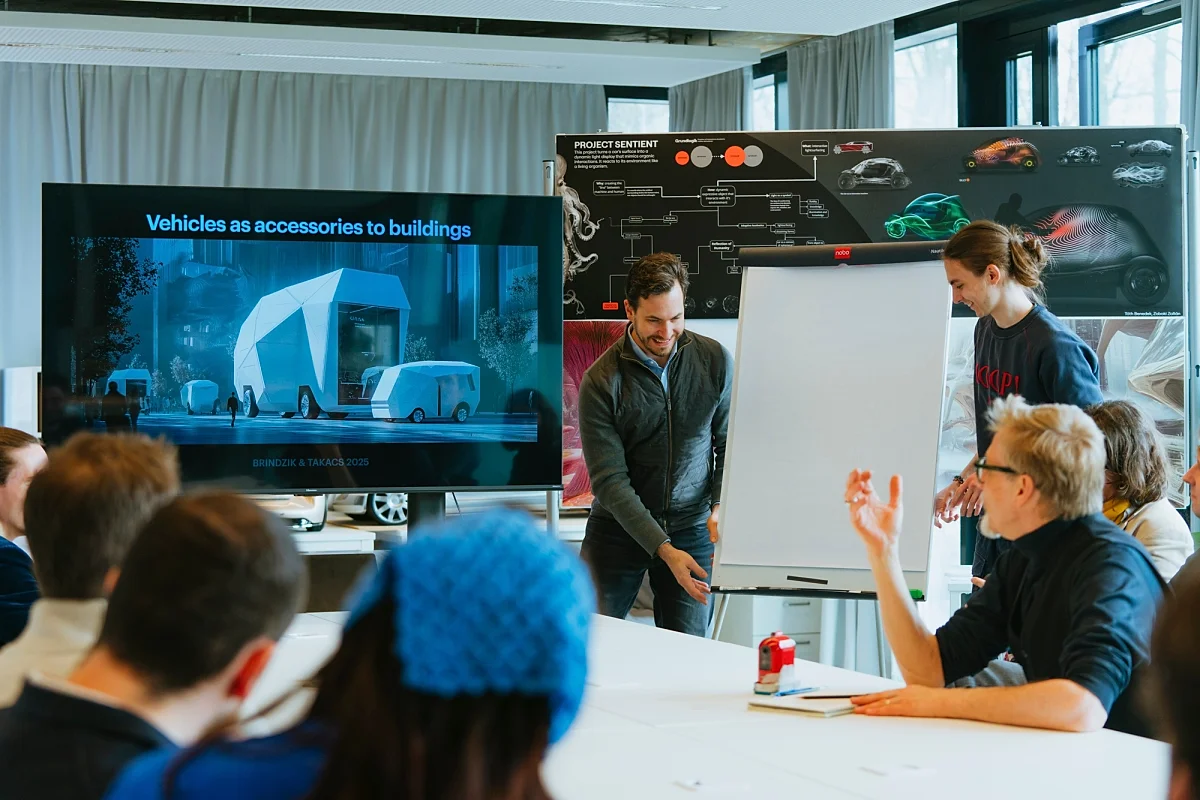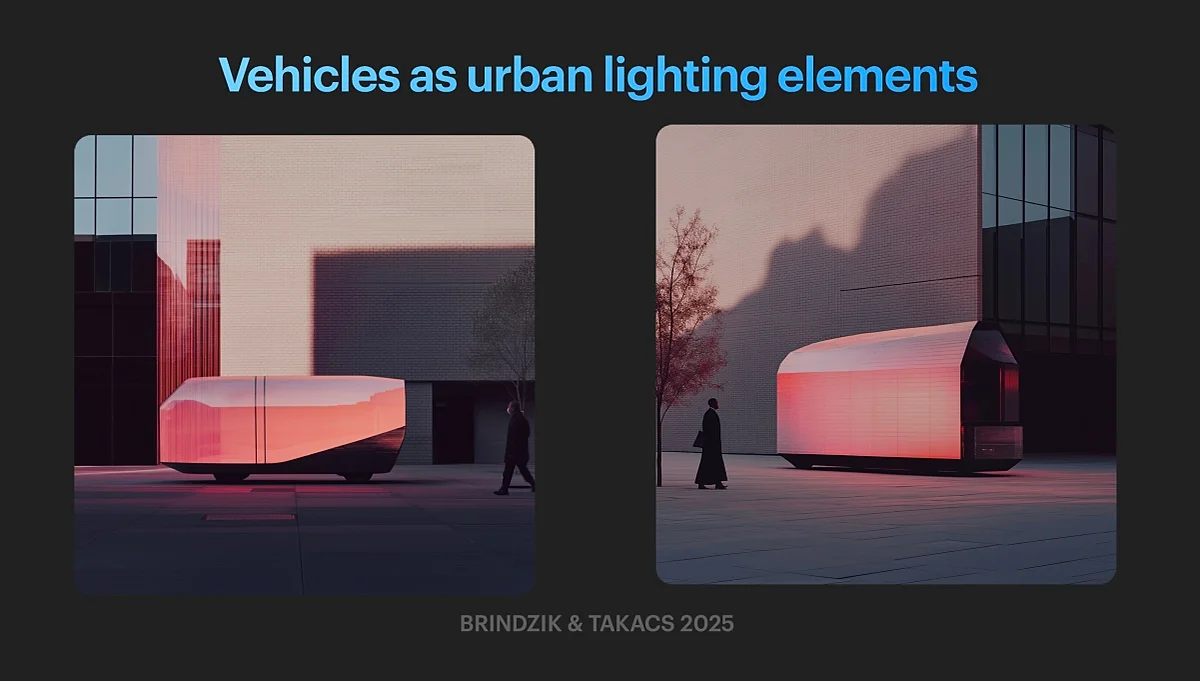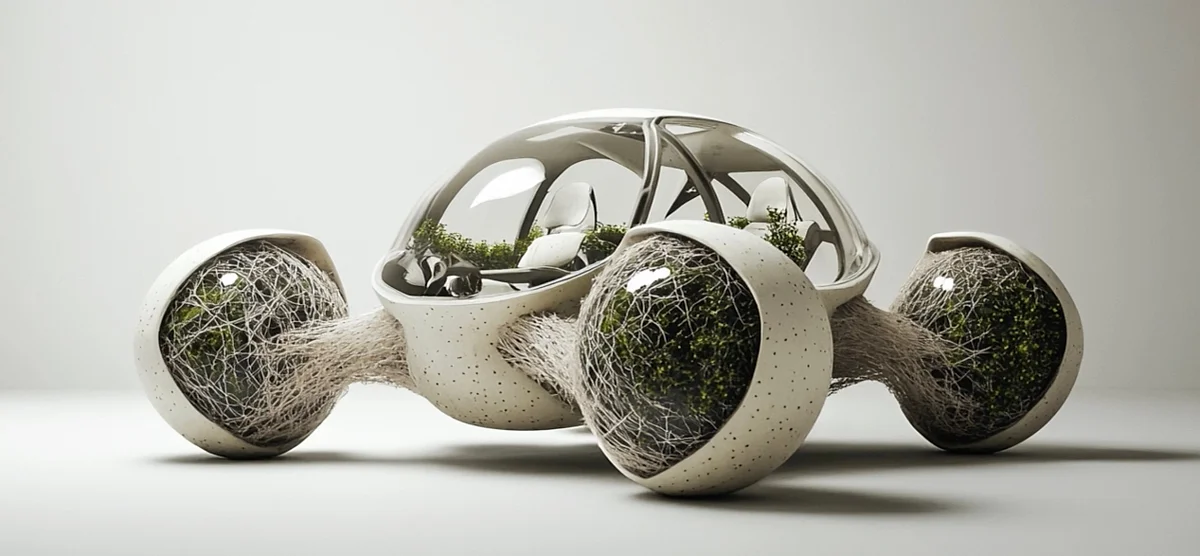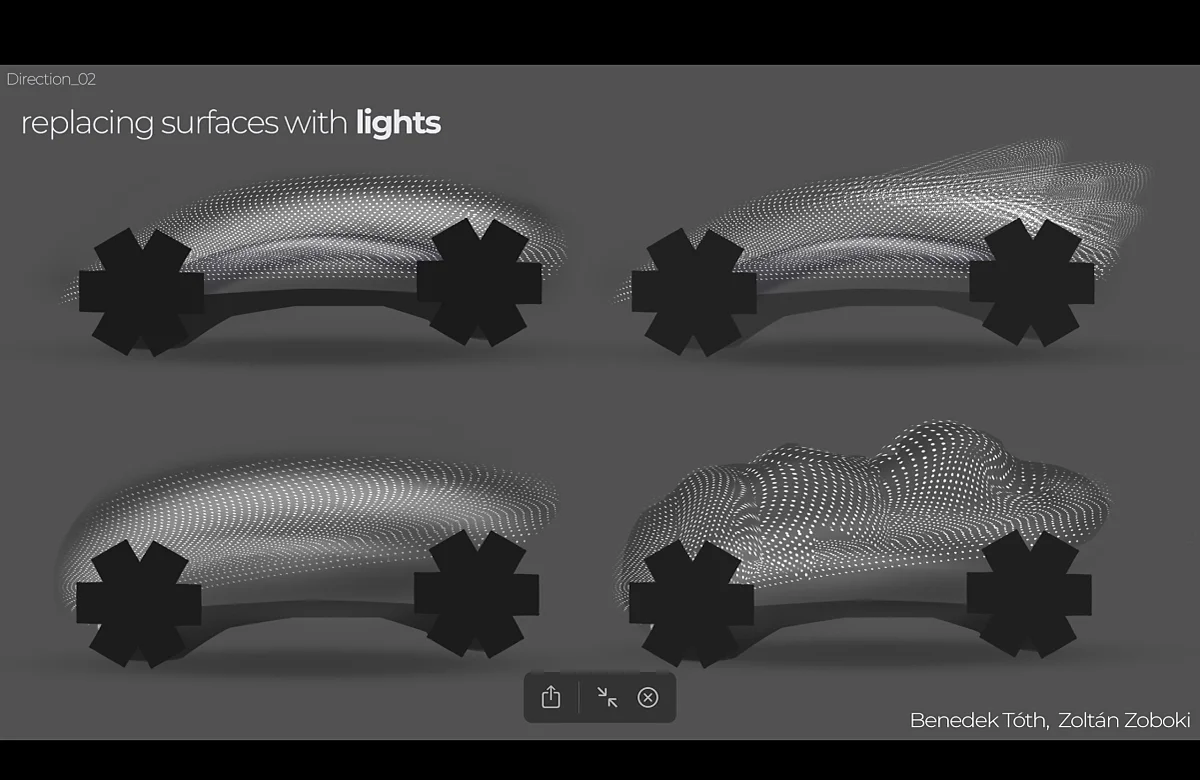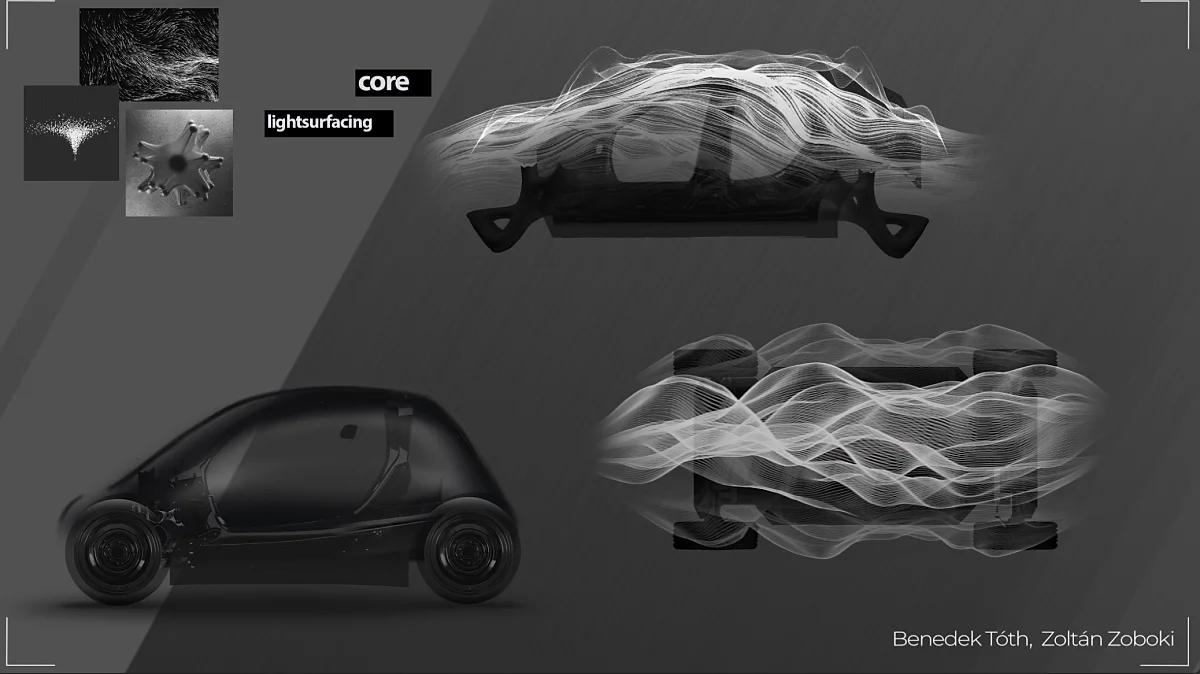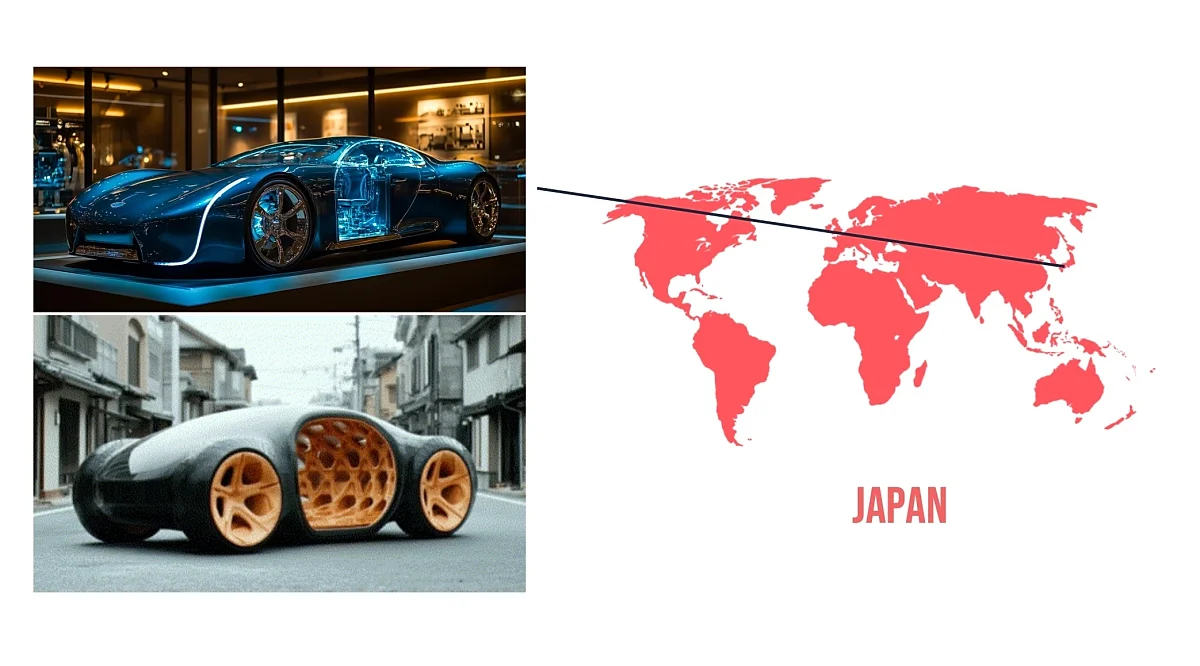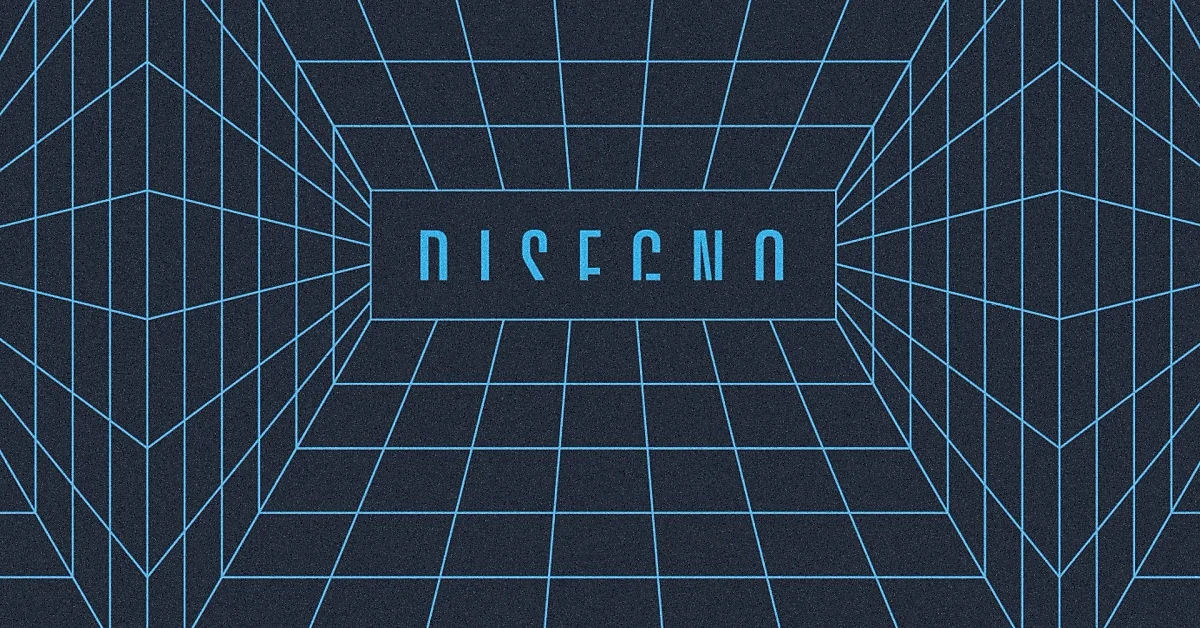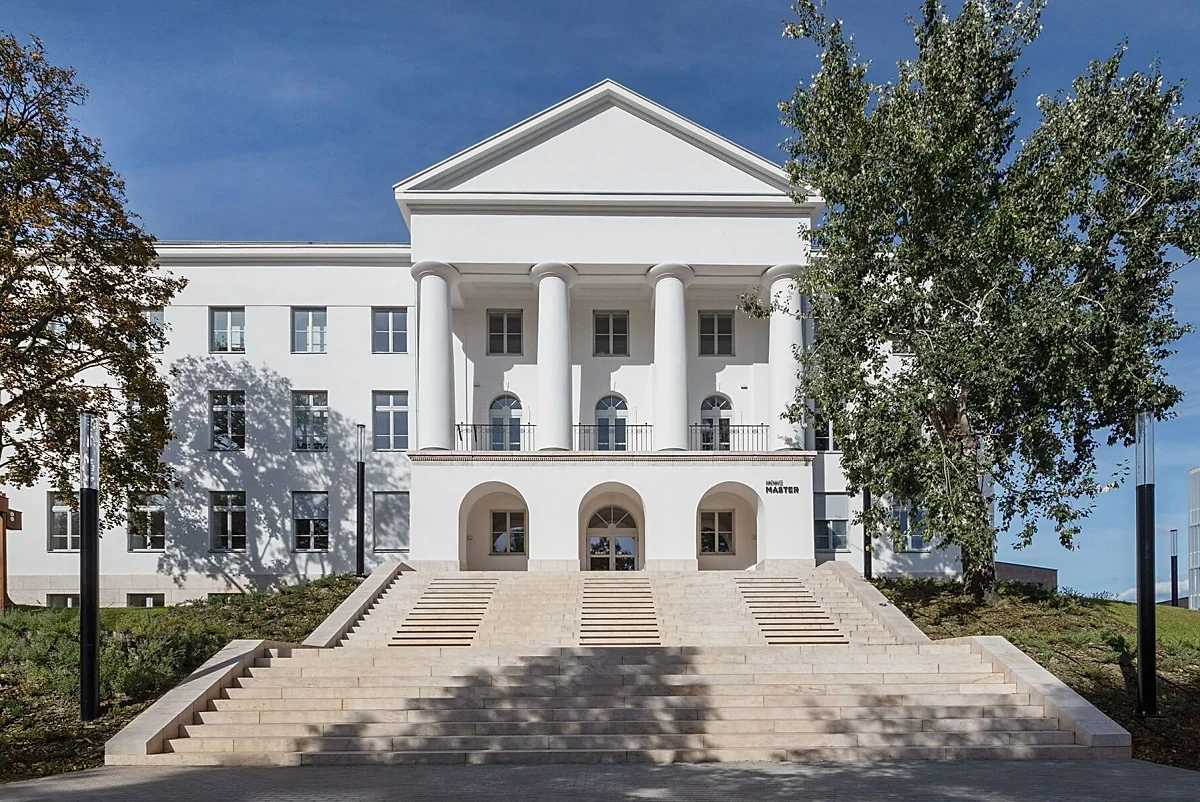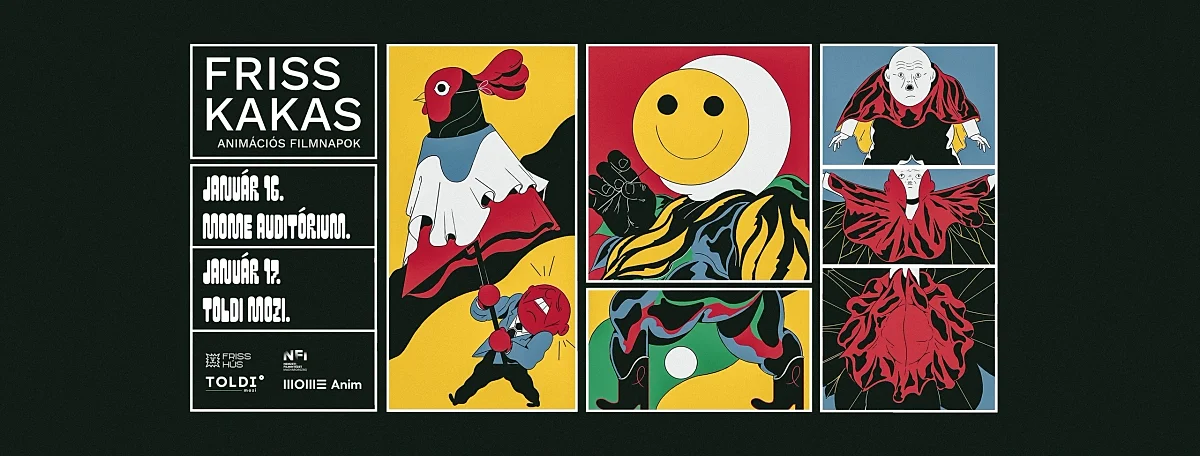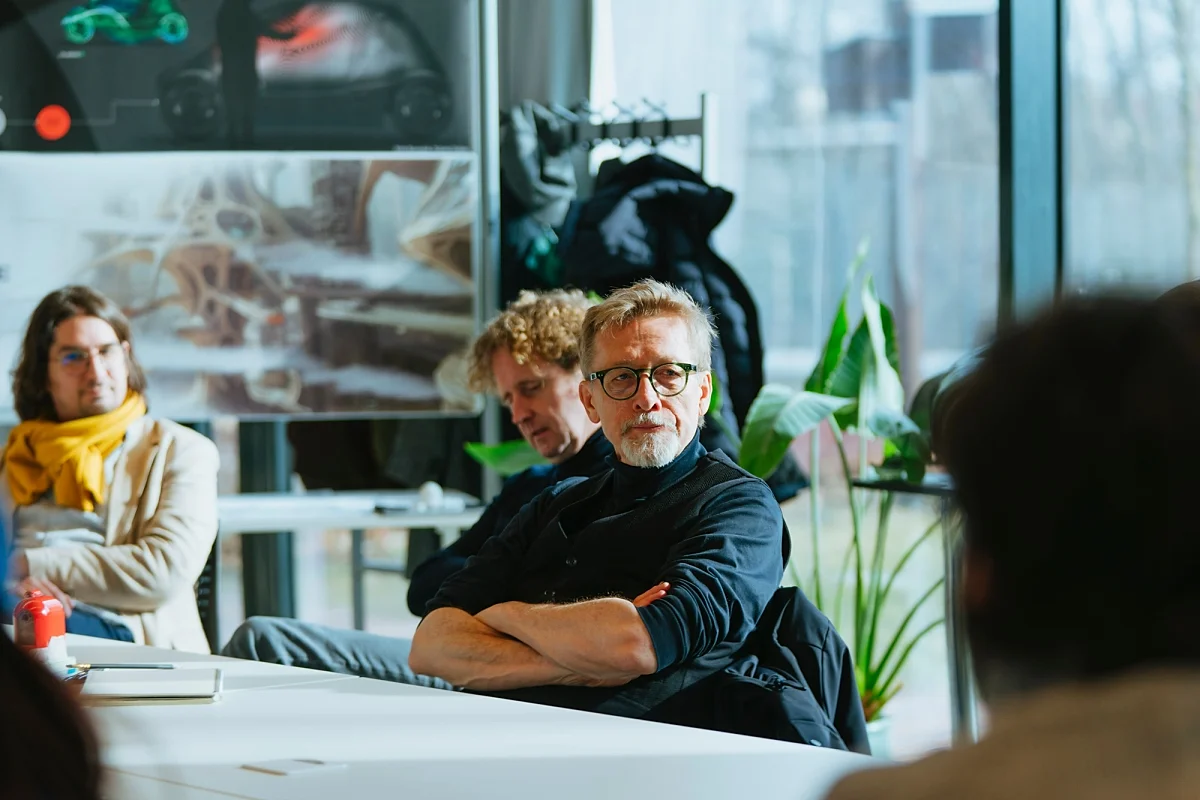
Chris Bangle at MOME: Rethinking car design
The course was open to anyone who wanted to participate, and in the end, the teams consisted of design students and Mobility Design Lab alumni. They were tasked with rethinking the concept of the car in the context of future mobility. Over the course of the week, eleven participants engaged in weekly consultations with MOME instructor Dániel Ruppert and MOME instructor András Húnfalvi, as well as design strategist at MOME AND former researcher at the Materials Research Hub Katalin Huszár. In this experimental collaboration, the initial phase focused not on sketching, but on long brainstorming sessions, using speculative and critical approaches to shape new concepts.
During the course week, the students presented their projects to Bangle. The session was so successful that it quickly transformed into an impromptu masterclass, where the legendary former BMW designer shared his own projects and experiences.
Materials innovation researcher Malu Lücking also took part in the pre-selection process for the projects, with feedback provided by lead exterior designer at Edag Dávid Raffai and former Subaru design team leader for 15 years Lorenz Bittner.
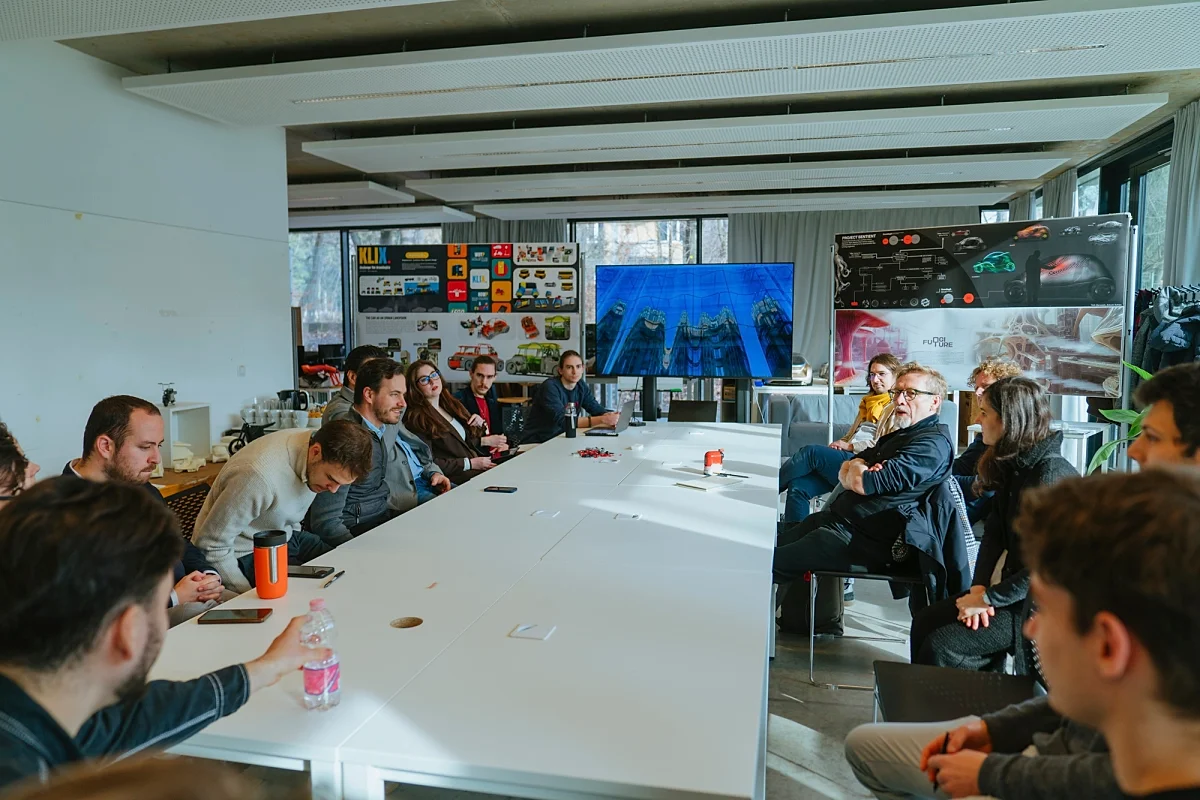
Botond Bánfalvi and András Major’s Automotive Darwinism project focused on a radical thought experiment: What if cars were not the result of corporate decisions but instead emerged through a community-driven process? Their goal was to create a continuously evolving ecosystem where users actively shape the market.
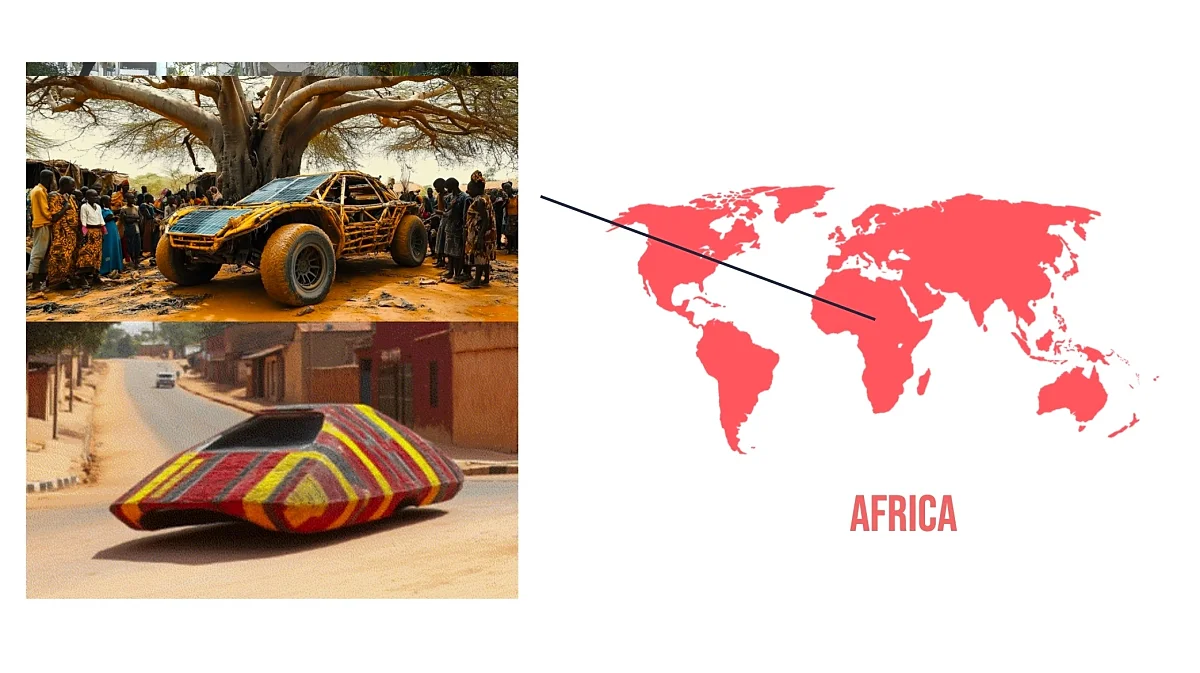
Benedek Ferenc Tóth and Zoltán Zoboki introduced Project Sentient, a concept that transformed a vehicle’s surface into a medium that senses and responds to environmental stimuli with organic patterns, turning the car’s bodywork into a communicative medium.
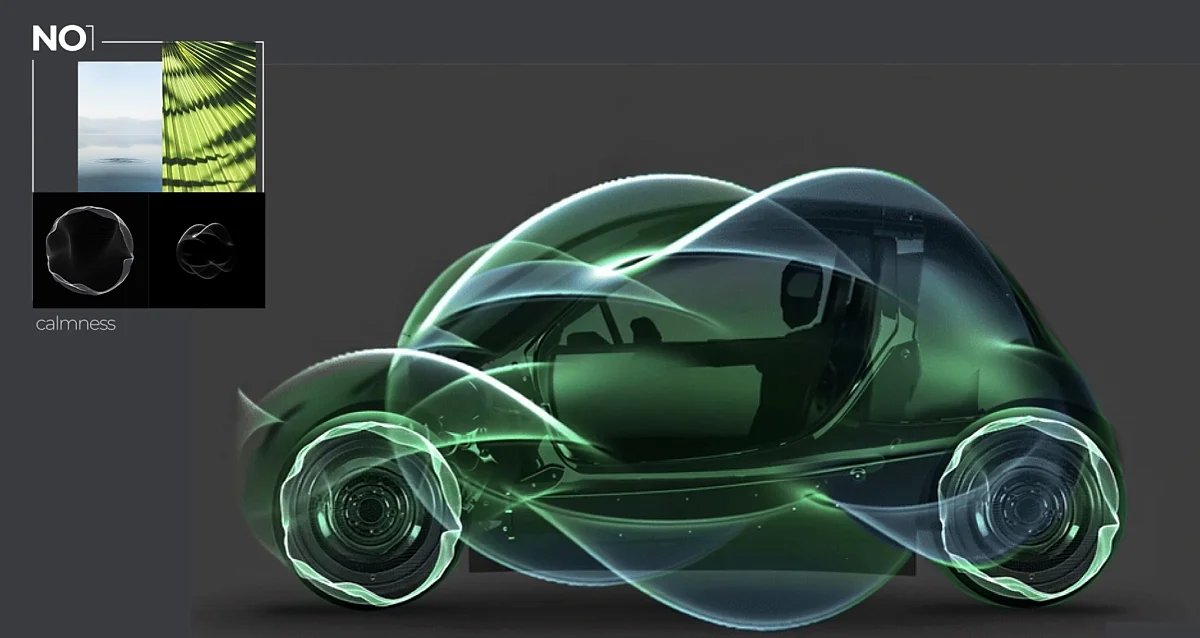
The FungiFuture concept by Mátyás Lelkes and Alexandra Kovács envisions a world where vehicles and urban infrastructure are interlaced with fungal networks. The mycelium serves not only as a sustainable material but also as the connective tissue of transportation – linking various elements within the urban environment.
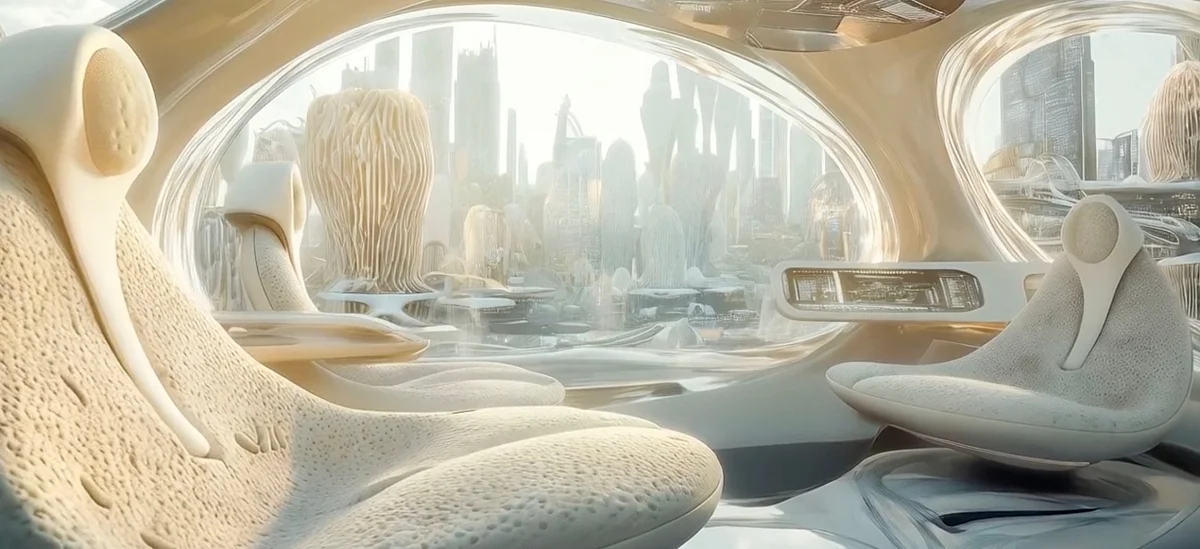
Dorina Bárdi and Viktor Tivadar Sass presented KLIX – Mobility Flux, a dynamic mobility model where vehicles can be freely combined, reused, and shared with a LEGO-style modular design. This concept aims to minimise waste and eliminate the need for ownership.
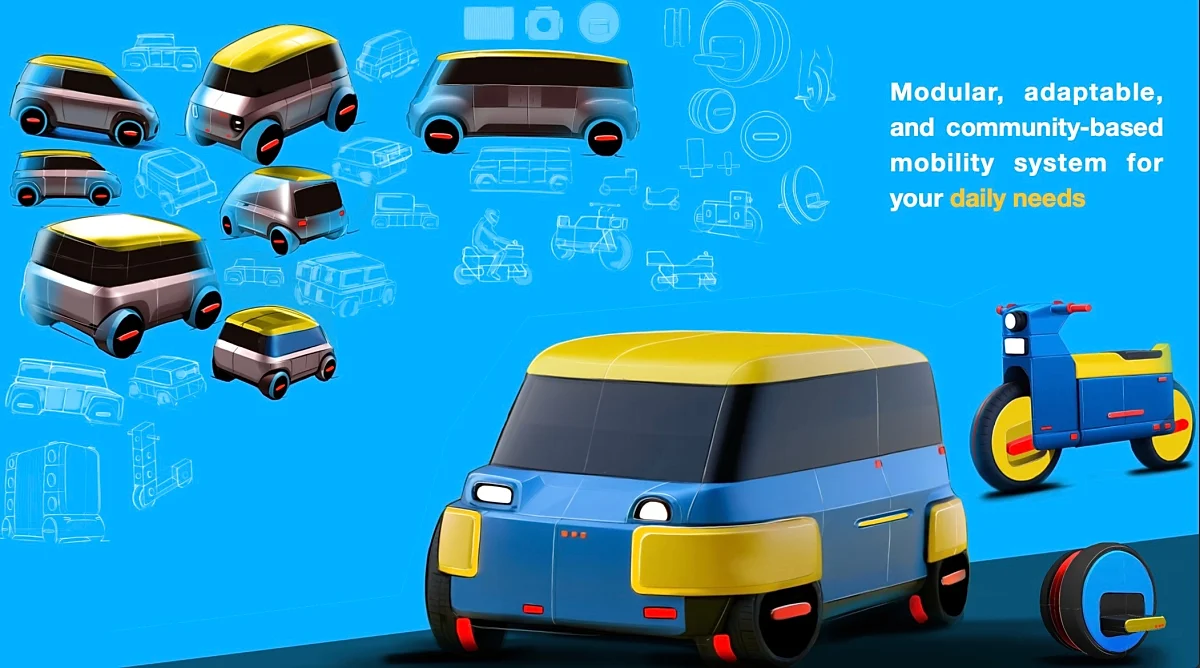
Finally, József Brindzik and Márton Takács tackled the issue of urban parking with their ‘How to Mitigate Urban Parking’ project. Their vehicles are capable of merging with buildings, transforming into part of the urban fabric, adapting to the city rather than obstructing it.
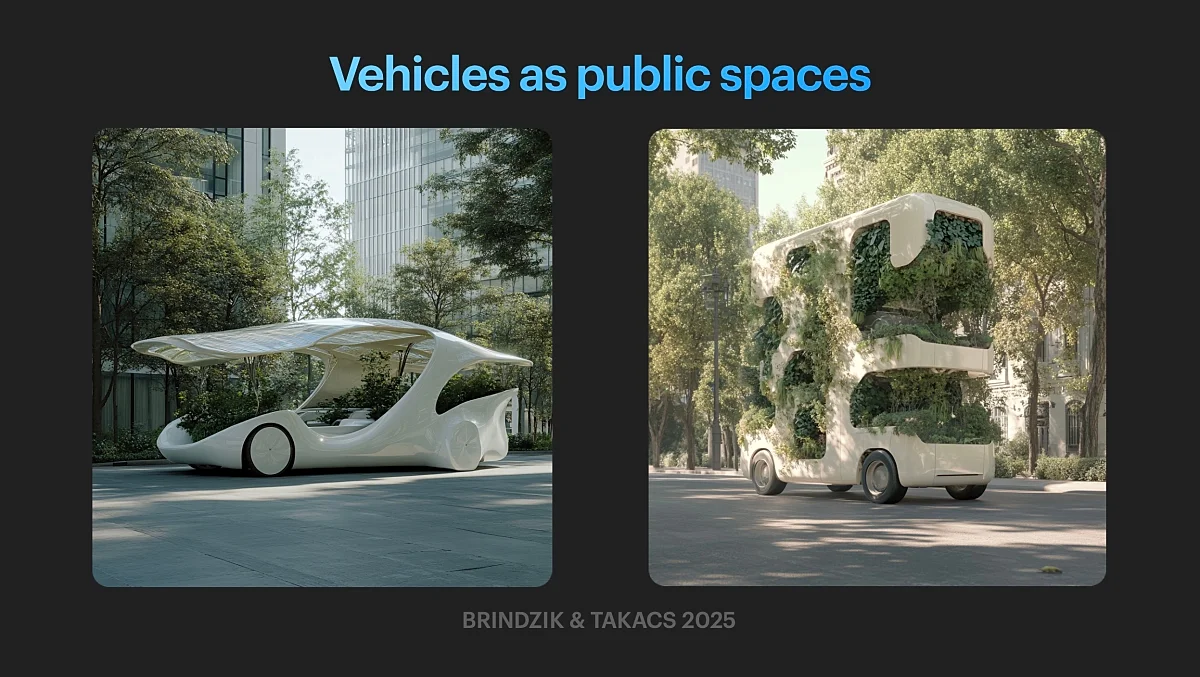
The Bangle Masterclass was not just a design exercise, but also a thought experiment: how can we design a future beyond mobility, on a systemic level, and on a human scale?
